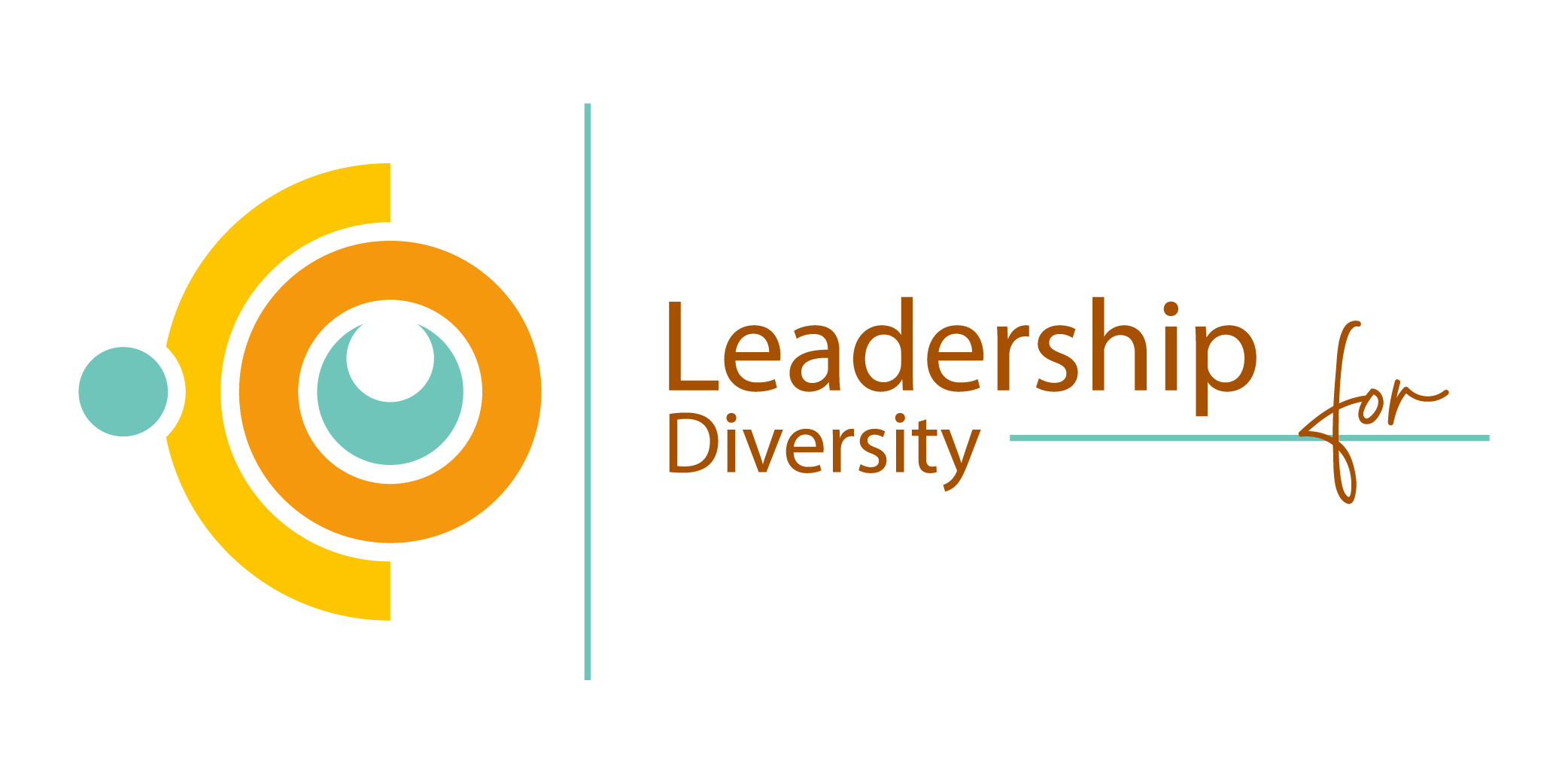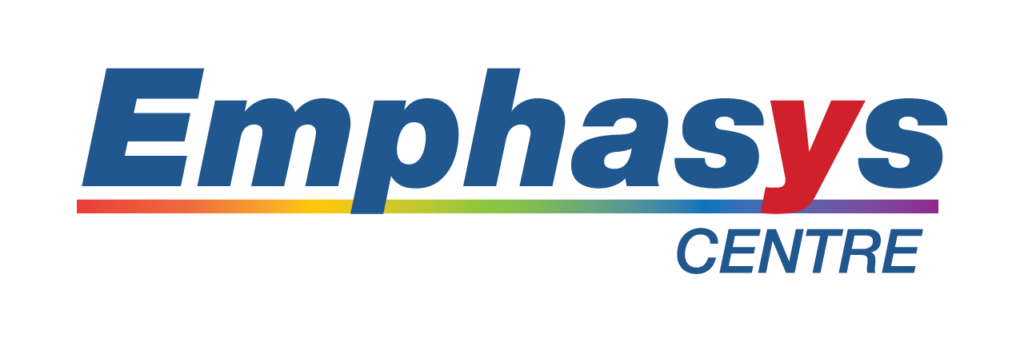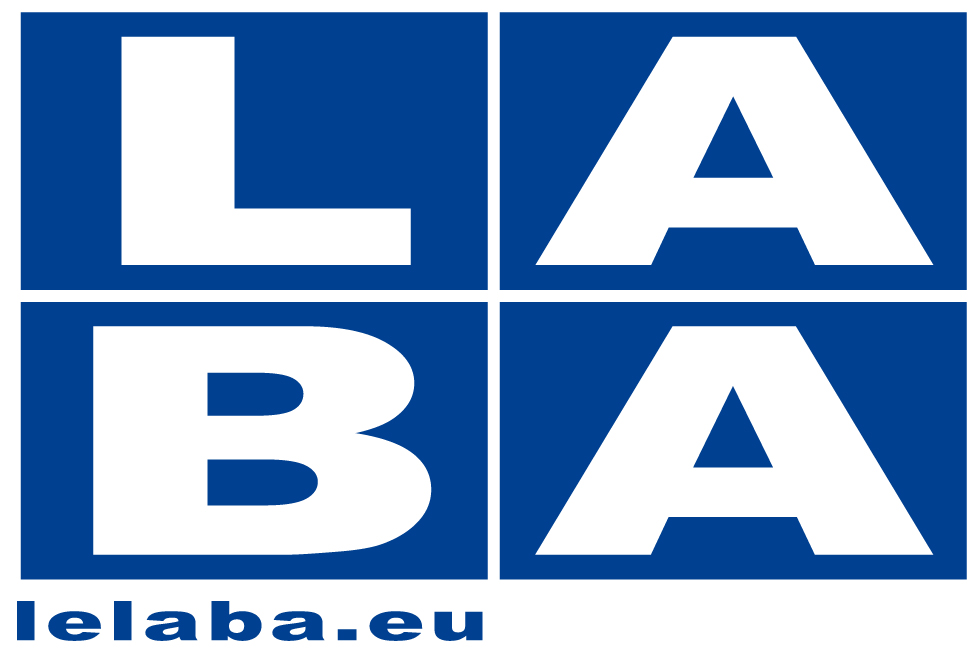School leaders and teaching staff draw different geometric shapes on sticky notes and attach them visibly on their clothing. They are then asked to naturally form groups without being told the underlying purpose of the exercise. As participants unconsciously group themselves based on the similarity of the shapes, they enact a physical representation of affinity bias.
Once everyone has formed groups, the facilitator reveals the purpose of the exercise and initiates a discussion about how such biases, although subtle and sometimes unconscious, can influence crucial decisions in schools. This can include how students are grouped for activities, how staff collaborate on projects, or how teachers interact with students.
This reflective dialogue helps participants to consider how understanding and addressing these biases can lead to a more equitable and inclusive educational environment. They are encouraged to think about practical steps they can take to consciously counteract such biases in their daily professional practices.
Website: n/a








